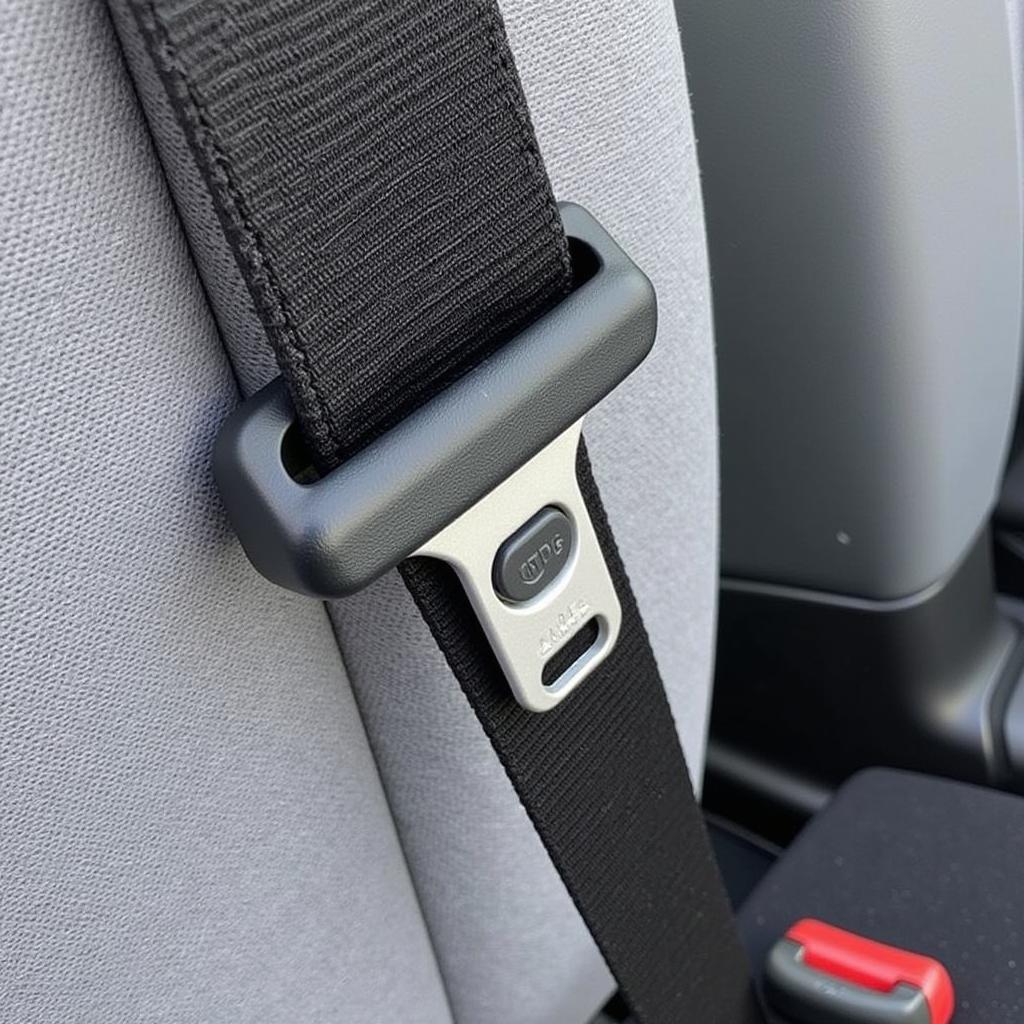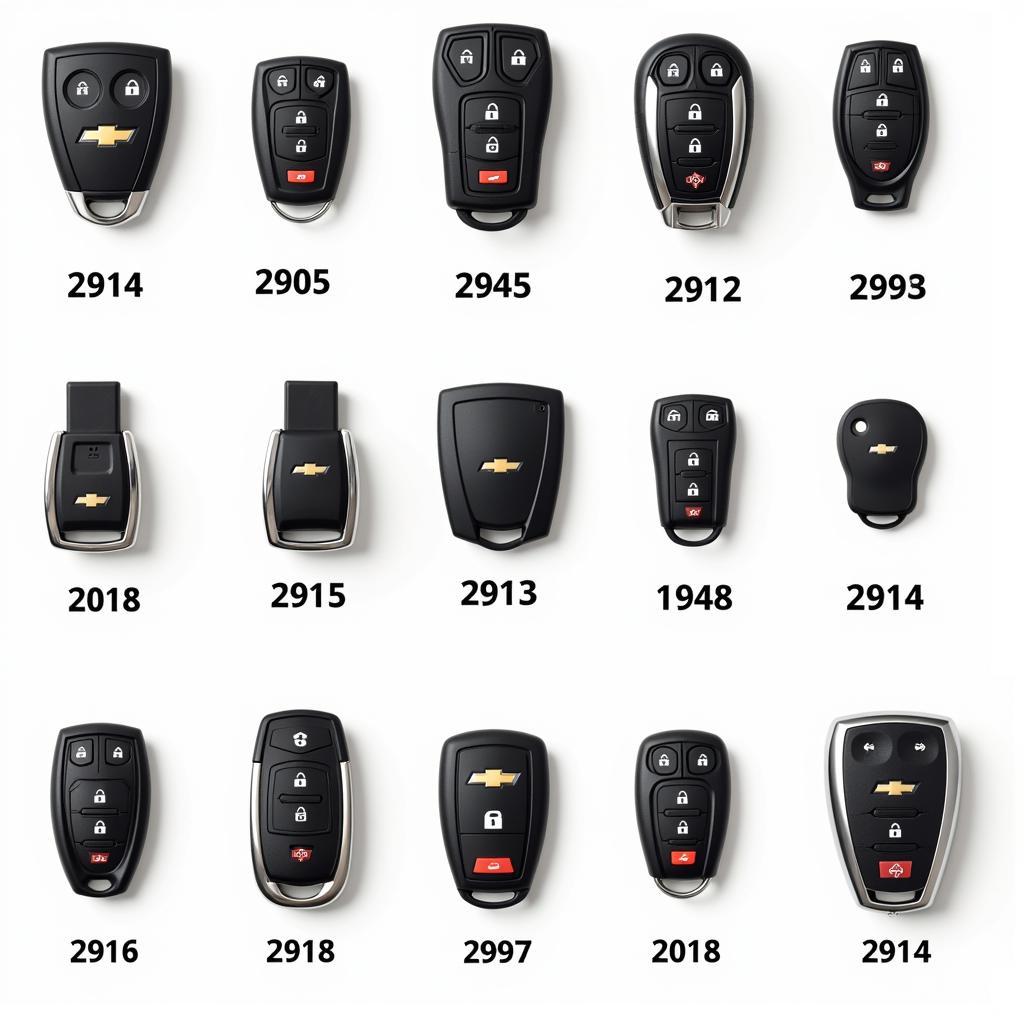The brake warning light on your 2002 Buick LeSabre is a crucial safety feature that should never be ignored. When illuminated, it signifies a potential issue within your braking system that requires immediate attention. This article will delve into the common causes of a 2002 Buick LeSabre brake warning light, outline troubleshooting steps, and provide guidance on resolving the underlying problems.
While this article provides comprehensive information, it is crucial to remember that safety should always be your top priority. If you are uncomfortable performing any of the diagnostic or repair procedures mentioned, it is strongly advised to consult a qualified mechanic.
Understanding Your Buick LeSabre’s Brake Warning Light
The brake warning light, typically a red circle with an exclamation mark, serves as your car’s way of communicating a problem within the braking system. While it can be alarming to see it illuminated, remember that it doesn’t always signify a complete brake failure. Here are some common reasons why your brake warning light might be on:
1. Low Brake Fluid Level
One of the most common and easily fixable causes is low brake fluid. Brake fluid is essential for transmitting the force you apply to the brake pedal to the wheels, enabling your car to stop. Over time, brake pads wear down, and the brake fluid level in the master cylinder can drop.
Troubleshooting:
- Check the brake fluid level in the master cylinder reservoir. The reservoir is usually located near the firewall on the driver’s side and has a translucent container with minimum and maximum markings.
- If the fluid level is low, add the correct type of brake fluid for your 2002 Buick LeSabre. Consult your owner’s manual for the recommended brake fluid type.
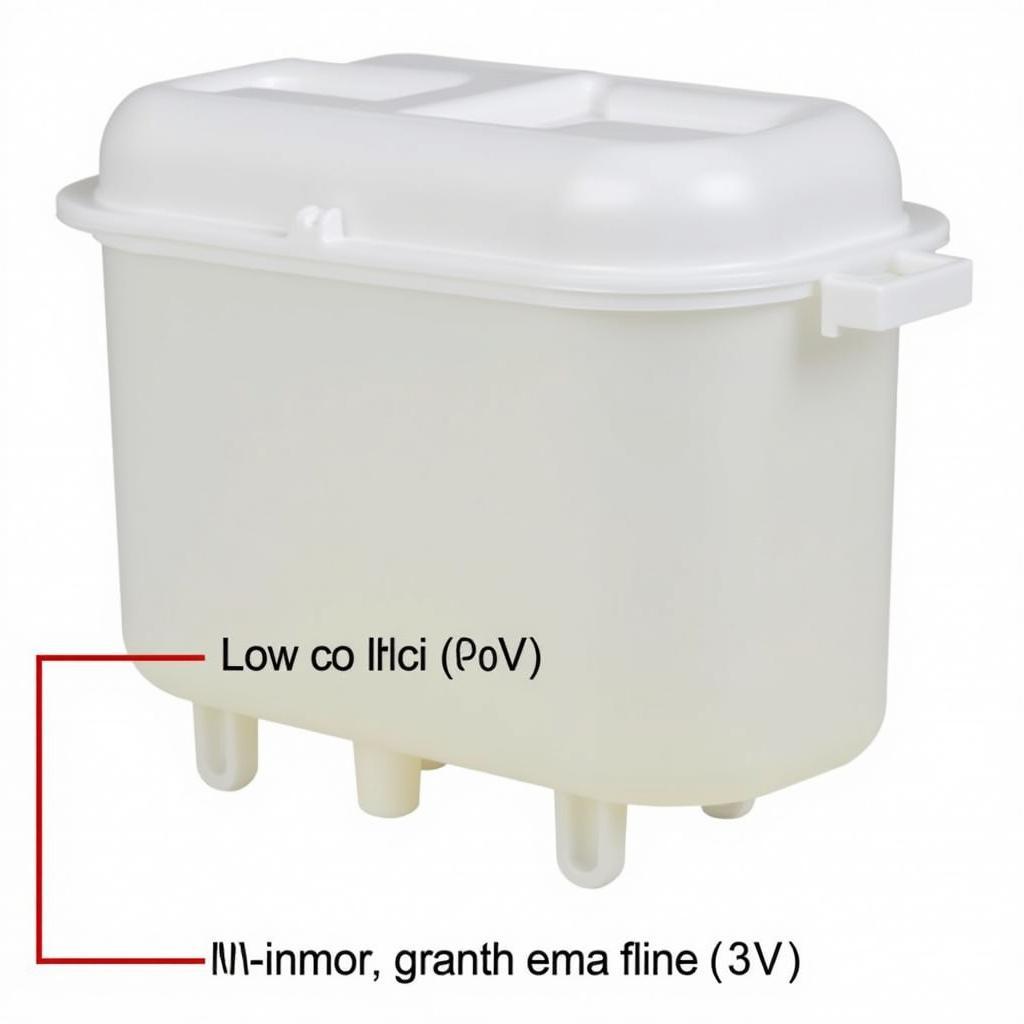 Low Brake Fluid Reservoir
Low Brake Fluid Reservoir
2. Worn Brake Pads
Brake pads are designed to wear down over time. When they become too thin, a sensor within the brake pad assembly can trigger the brake warning light. This sensor is a safety mechanism to alert you that your brake pads are nearing the end of their lifespan and require replacement.
Troubleshooting:
- Inspect your brake pads. You’ll need to remove the wheel to get a clear view of the brake pads. Look for signs of excessive wear, such as a thin pad lining.
- If the brake pads are worn down, replace them with new ones. It’s recommended to replace both the front and rear pads at the same time, even if only one set is significantly worn.
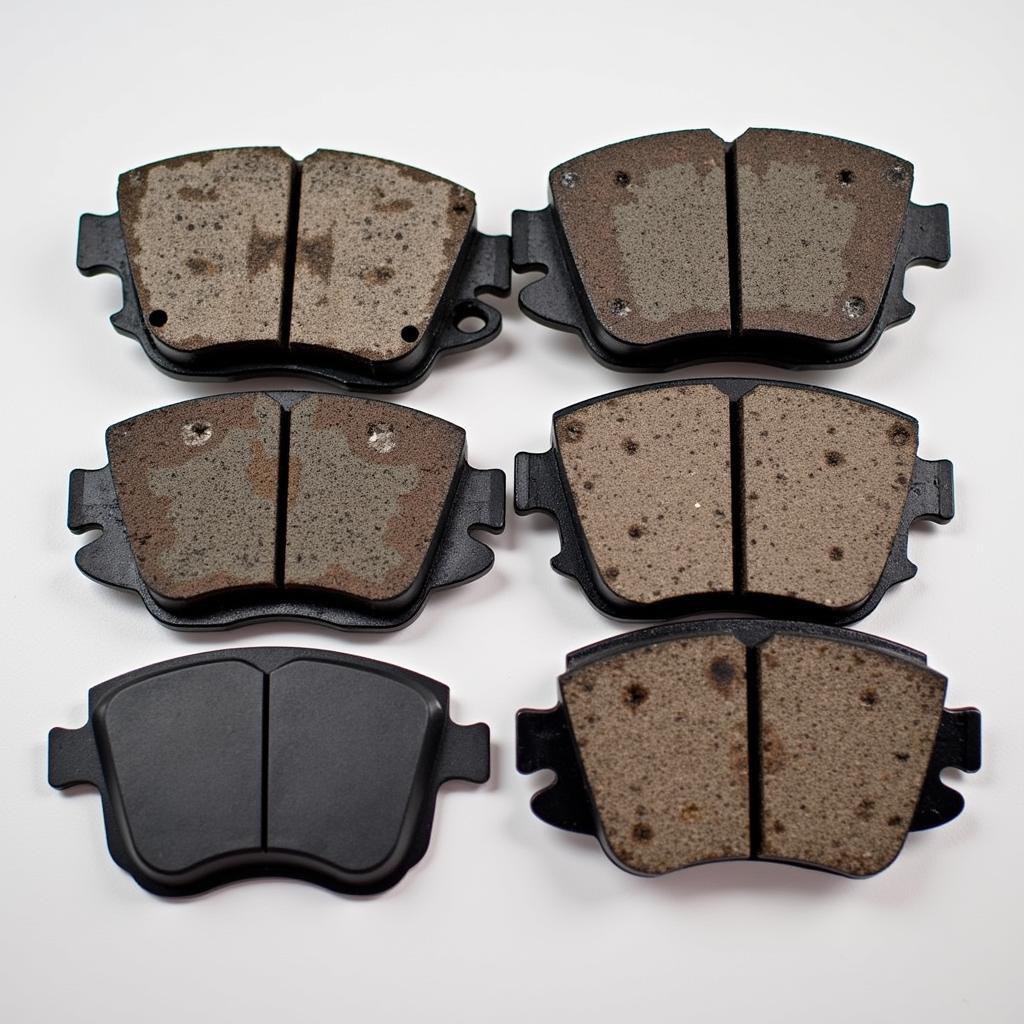 Worn Brake Pads Next to New Brake Pads
Worn Brake Pads Next to New Brake Pads
3. Faulty Brake Light Switch
The brake light switch, located above the brake pedal, is responsible for activating the brake lights when you press the pedal. It also plays a role in signaling the brake warning light. If the switch malfunctions, it can lead to the brake warning light illuminating, even if there’s no issue with the braking system itself.
Troubleshooting:
- Locate the brake light switch. It’s usually situated above the brake pedal arm, attached to the brake pedal bracket.
- Check the switch for signs of damage or looseness.
- If the switch appears damaged or loose, it likely needs replacement.
4. ABS Issue
Your Buick LeSabre is equipped with an Anti-lock Braking System (ABS). The ABS system prevents the wheels from locking up during hard braking, enhancing vehicle control. If the ABS system encounters a problem, it can trigger the brake warning light.
Troubleshooting:
- If you suspect an ABS issue, it’s recommended to retrieve the diagnostic trouble codes (DTCs) using an OBD-II scanner. This will provide specific insights into the nature of the ABS problem.
- Diagnosing and repairing ABS issues often require specialized knowledge and tools, so it’s advisable to consult a qualified mechanic or dealership.
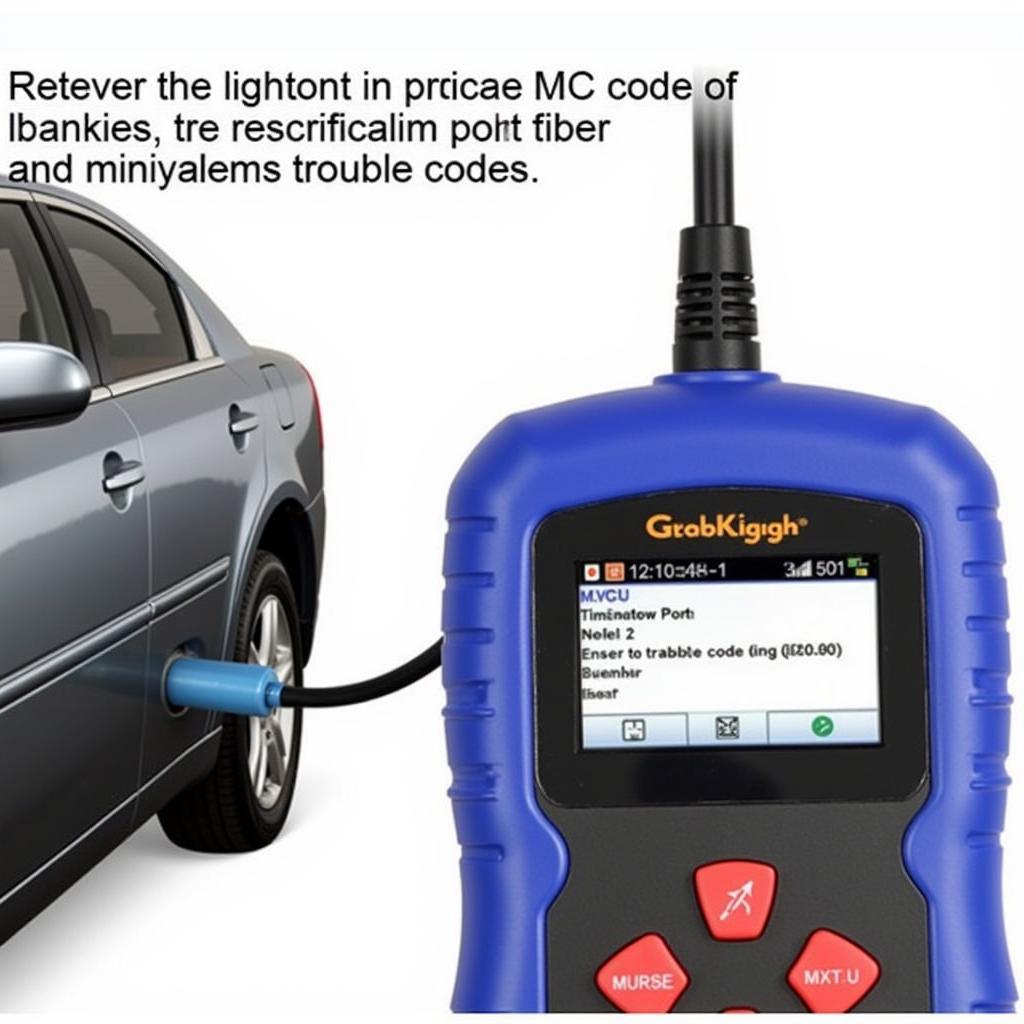 OBD-II Scanner Connected to a Vehicle
OBD-II Scanner Connected to a Vehicle
Conclusion
The brake warning light in your 2002 Buick LeSabre is a vital safety indicator. Addressing the root cause of the warning light promptly is crucial to maintain your car’s braking performance and overall safety on the road. While some causes are straightforward to address, others require specialized knowledge and equipment.
Remember, safety is paramount. If you are unsure about any aspect of diagnosing or repairing your car’s brake system, do not hesitate to seek assistance from a qualified mechanic or your trusted Buick dealership.

